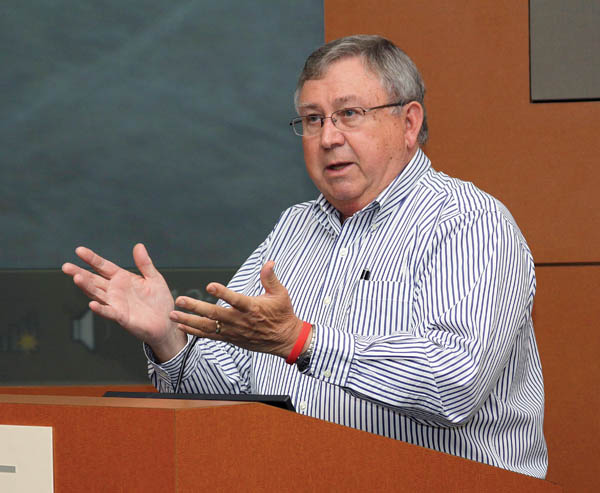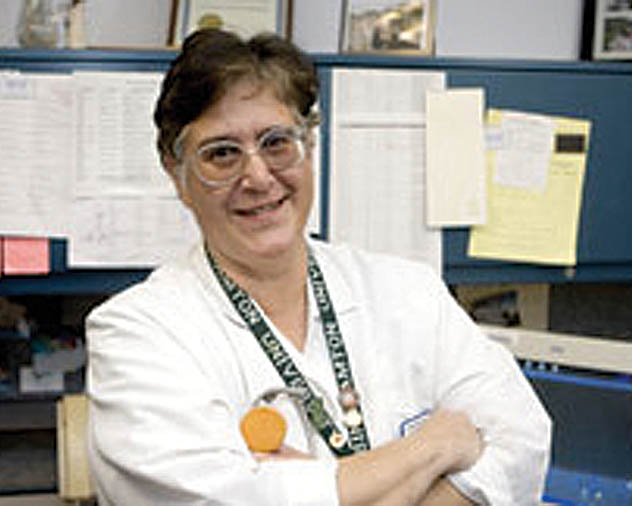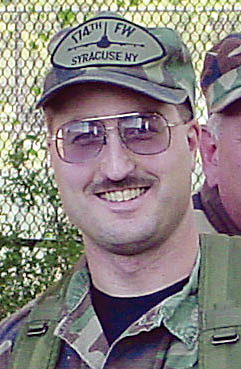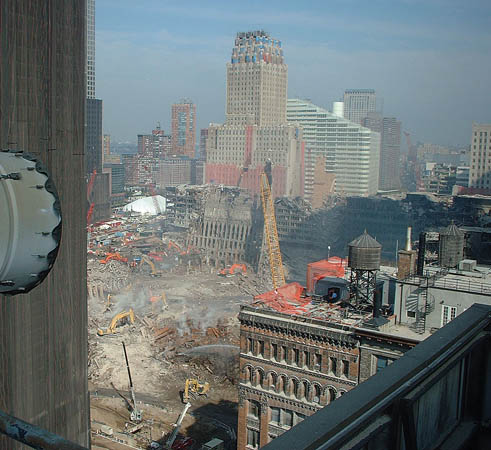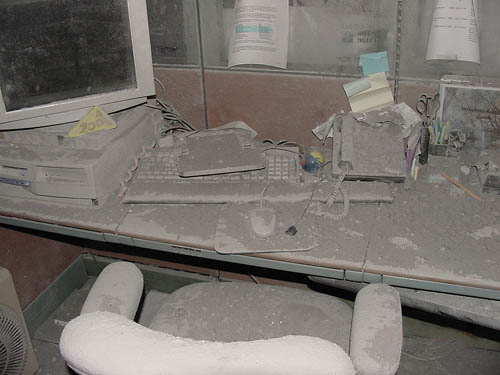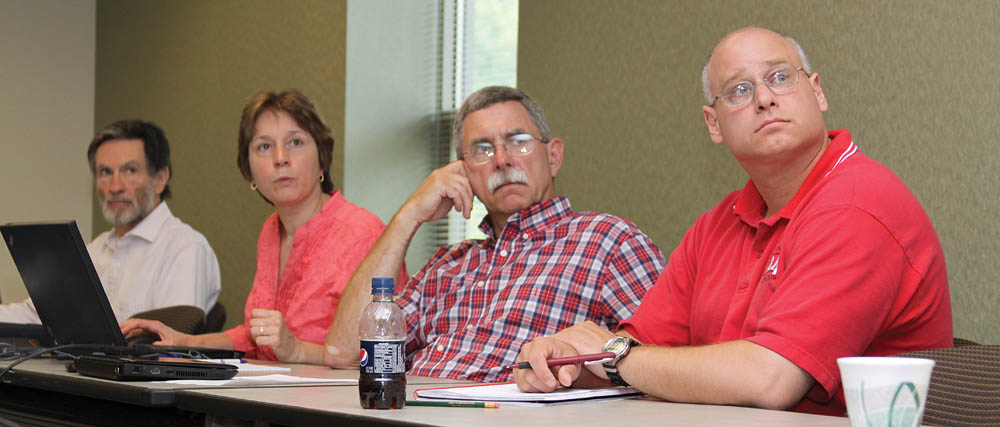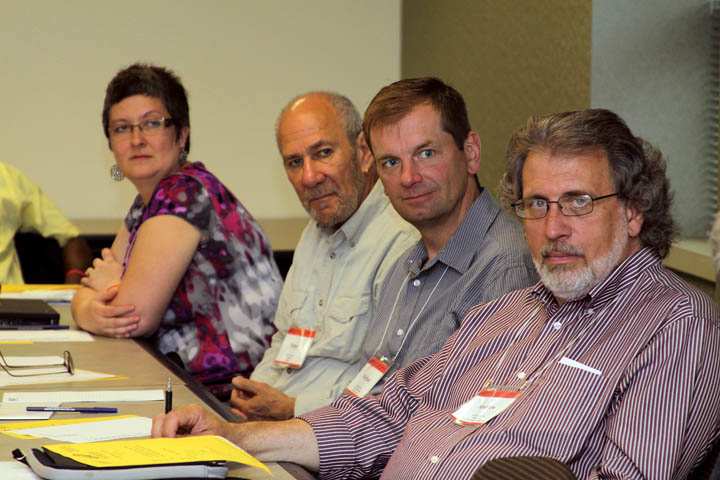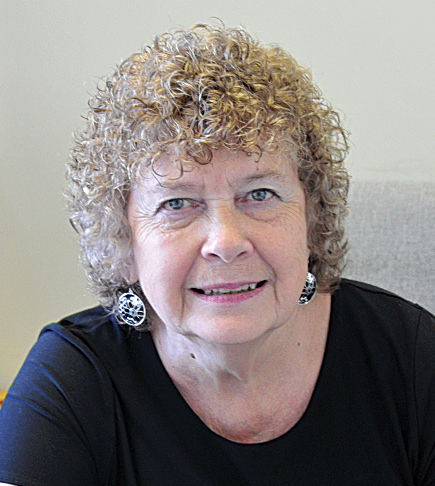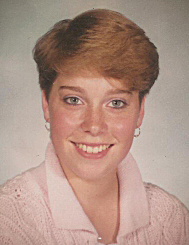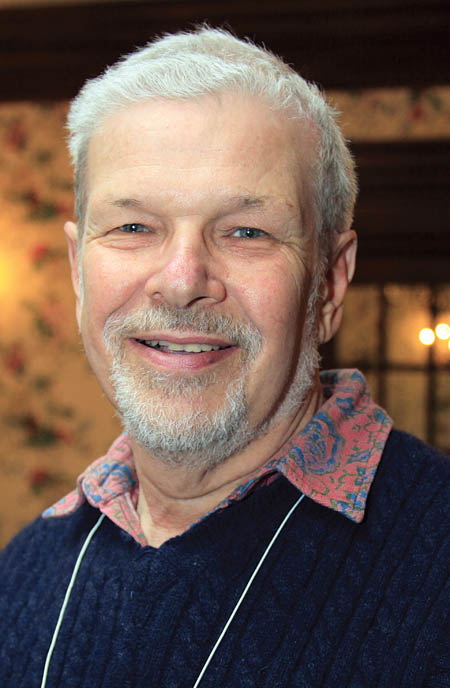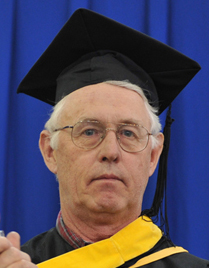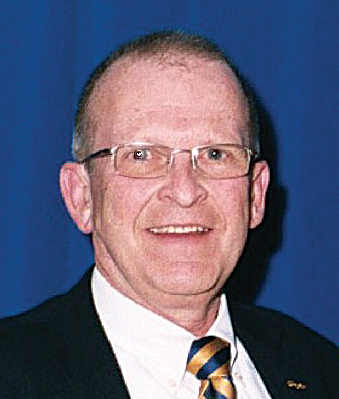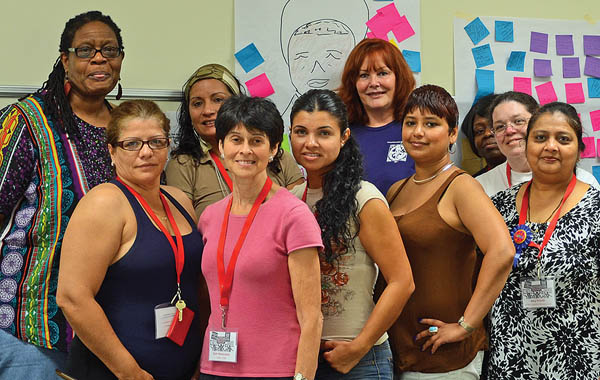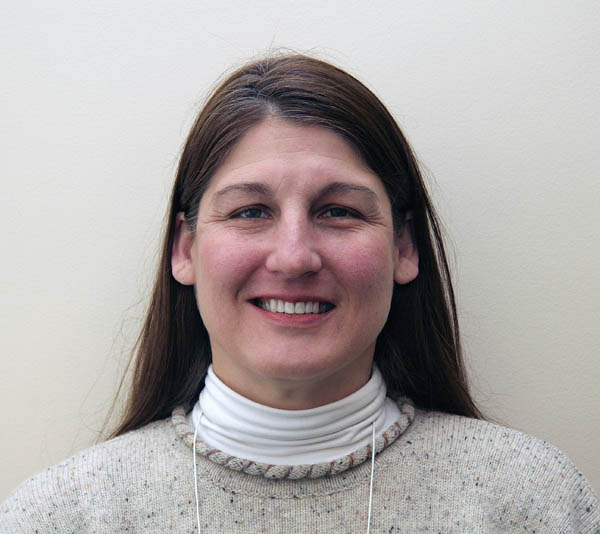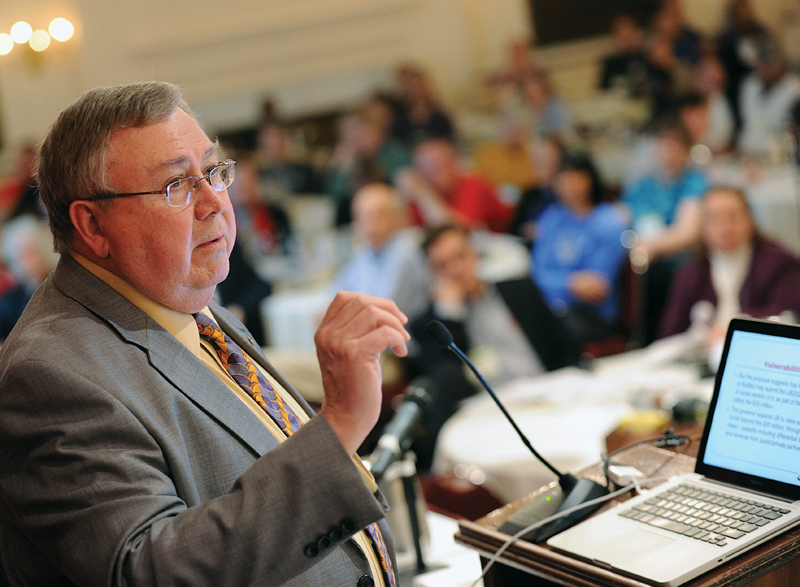|
If you used a computer, watched television, read a newspaper, drove on a highway, or rode the Long Island Rail Road last year, chances are you saw UUP advocacy in action. We placed TV and newspaper ads, put up billboards and LIRR transit posters, ran a micro-website called SaveSUNY.org, and earned news coverage across the state as we fought for and against issues impacting UUPers. And if you read The Voice, you got detailed breakdowns of those issues, as well as intriguing “big picture” stories about the effects of state budget cuts on SUNY, its teaching hospitals and its students. You also read interesting stories about our members in action at work, at home and with the union. Kudos to UUP’s Communications Department for that. Led by Director of Communications Denyce Duncan Lacy, our communications staff snared a number of prestigious awards last month in competitions sponsored by the International Labor Communications Association (ILCA) and the American Federation of Teachers Communicators Network (AFTCN). Communications Specialist Mike Lisi won the Max Steinbock Award—ILCA’s top prize—for a story titled “Speaking Up for SUNY” in the January 2010 issue of The Voice. You can read more about the awards earned by Lacy, Lisi, Media Relations Specialist Don Feldstein and Publications Specialist Karen Mattison later in this issue. I’m very proud of the Communications Department for carrying out two of my most important initiatives as UUP’s president: to open up communications with members and to let them know what UUP is doing to help and protect them. Channels of communication We’ve developed several outlets to deliver those messages, starting with the magazine you’re reading right now. You can also get UUP updates online via Facebook and our Twitter feed, which can be accessed via our website, at www.uupinfo.org. Speaking of our website, look for it to undergo a major overhaul in the coming months. Our new webmaster, Lucas Williams, came on board in August and he’ll be making the site more interactive and easier to navigate. If you have any ideas about what you’d like the website to include, call Lucas or share your ideas with him via e- mail at lwilliam@uupmail.org. While you’re at it, feel free to e-mail or call me or any of the UUP staff. We’d relish the opportunity to answer questions and help in any way we can. And please, take a moment to tell us a little about yourself: where you work, what you do and how we might do more for you. Contract updates on web
As you may know, UUP’s contract with New York state expired July 1; most of its provisions remain in place until a new accord is reached under the Triborough Amendment to the state’s Taylor Law. We were scheduled to hold our first meeting with the state’s bargaining team on Aug. 25. Rest assured we’ll be keeping you informed every step of way through postings on Facebook and Twitter, and news bulletins on our website. The website is where you’ll find detailed information on contract negotiations, so keep checking back for the latest news. 9/11: 10 years after Ten years ago this month, I was scheduled to fly to Buffalo for a meeting, but the flight was canceled. It wasn’t an ordinary cancelation, not by a long shot. Then again, it wasn’t an ordinary day. I was set to fly on Sept. 11, 2001. I’m sure all of you remember where you were and what you were doing that fateful morning a decade ago, as television and radio newscasters broadcasted the unthinkable. That day, 2,977 ordinary people were killed, as were 411 emergency workers who died trying to fight fires and save lives. The America we knew just 24 hours before was gone, forever changed by those heinous acts of terrorism. It is appropriate to remember the sacrifices made and the ongoing sacrifices that continue to be made as a direct result of the Sept. 11 terrorist attacks. In this issue of The Voice, four UUPers who were in Manhattan in the days immediately following 9/11 share their experiences and their thoughts on the 10th anniversary of the worst-ever terrorist attack on U.S. soil. A new start It’s a new academic year and we’ll be facing many challenges, some we’ve seen before and some that we haven’t seen. As always, we’d love you to get involved. If you’ve been thinking about stepping into a leadership role at your chapter, it’s a great time to make that move. Now more than ever, we need energetic, dedicated unionists to help us take UUP to the next level. Oh, and by the way, best wishes on the start of a new academic year. |
|
Walter Apple has been hired as UUP retiree member services coordinator. He replaces Anne Marine, who retired in April after 12 years of service to the union and its retiree members. Apple comes to UUP most recently from a temporary position at Regeneron Pharmaceuticals, where he worked as an administrative assistant in human resources. Prior to that, Apple worked for nearly two decades at Aetna, starting out as a claims benefits consultant before working his way up to senior customer service representative. In the latter role, he served as concierge for eight direct accounts, as a mentor to represent-atives to increase performance, and as a liaison for the company’s benefits, eligibility and technical divisions. “Walter comes to UUP with 18 years of customer service experience in health care and dental,” said UUP?President Phil Smith. “He also is knowledgeable in COBRA, HIPAA, the Family and Medical Leave Act, and short- and long-term disability regulations. “He will be a great asset to our members who are looking toward retirement and to those who are currently retired.” Committee on Active Retired Membership (COARM) Chair Judy Wishnia and COARM Southern Tier Region Chair Jo Schaffer were involved in the interview process. — Karen L. Mattison |


